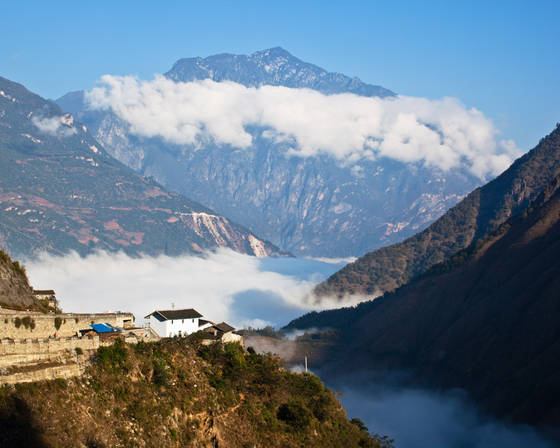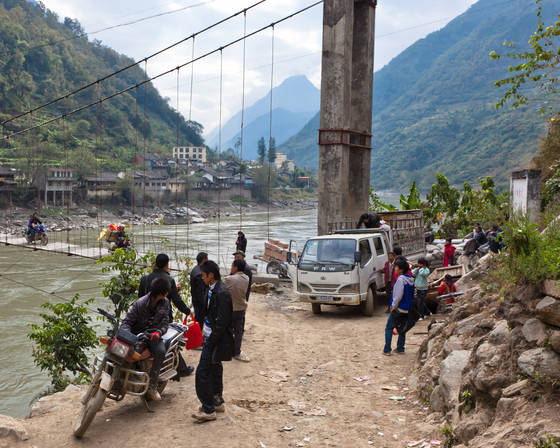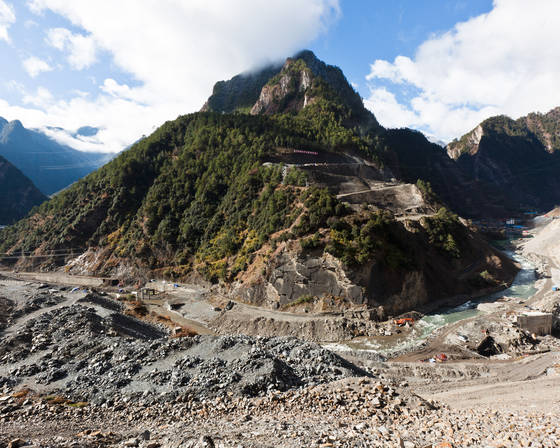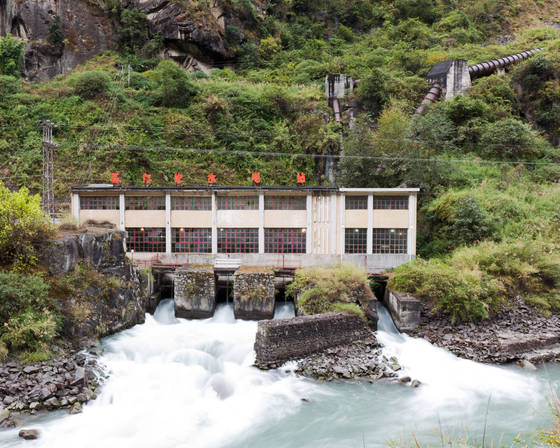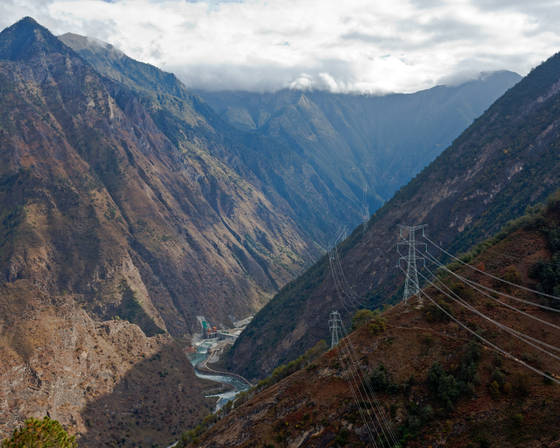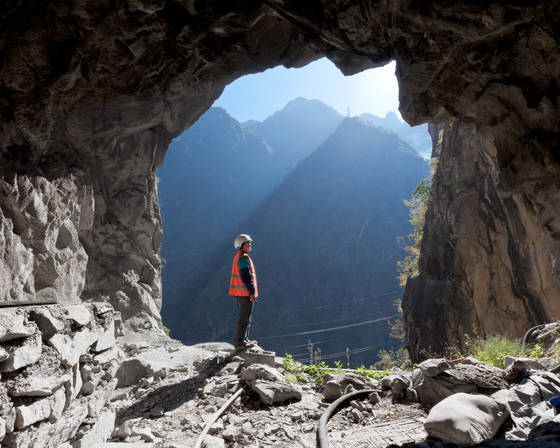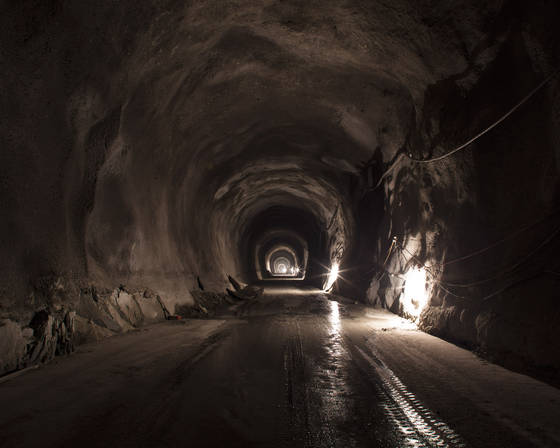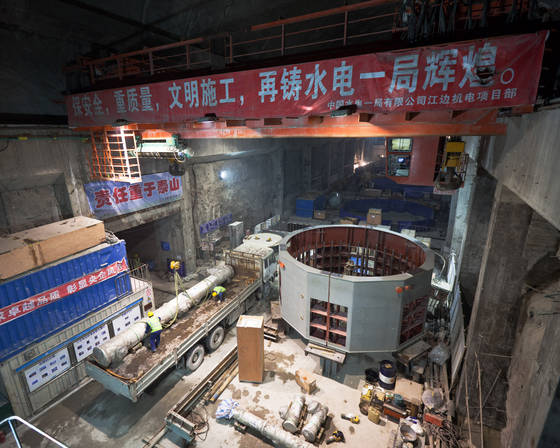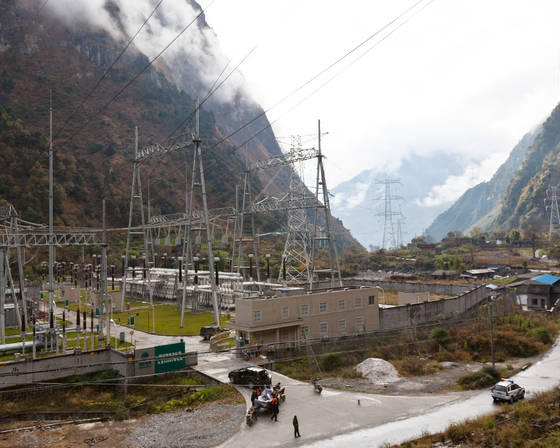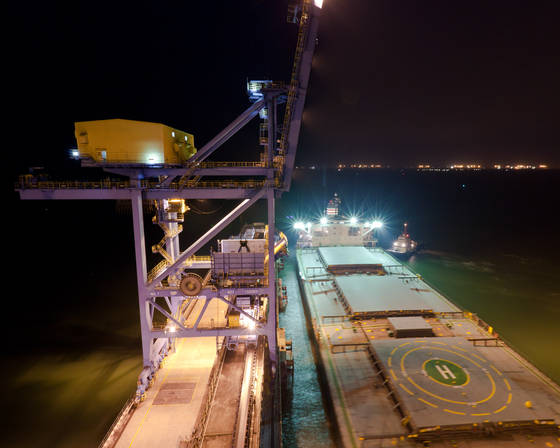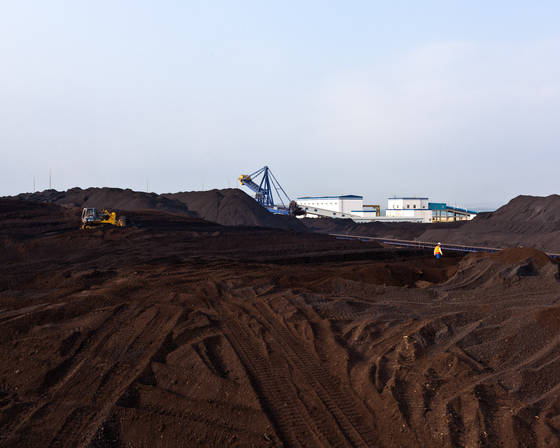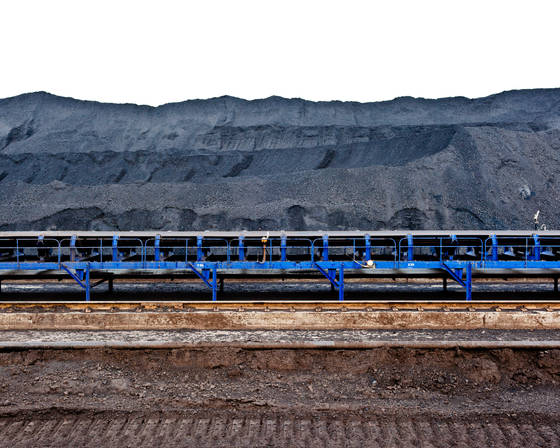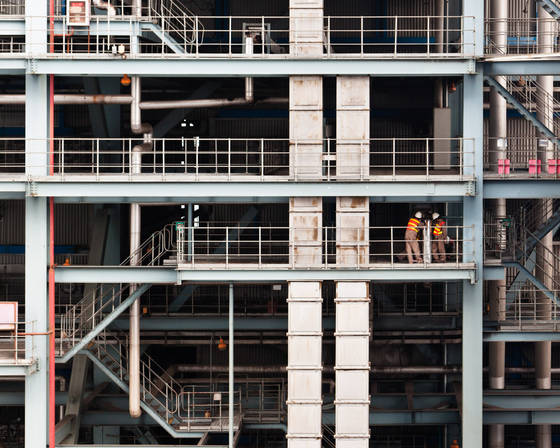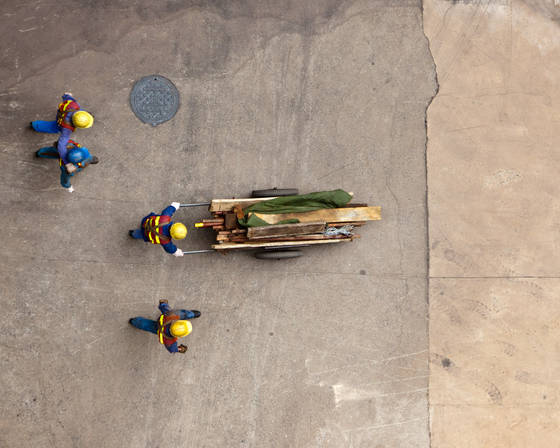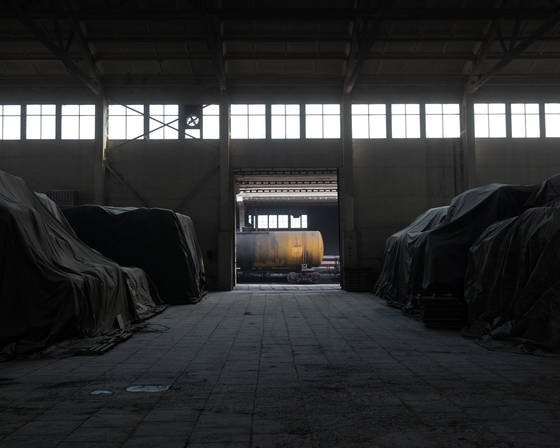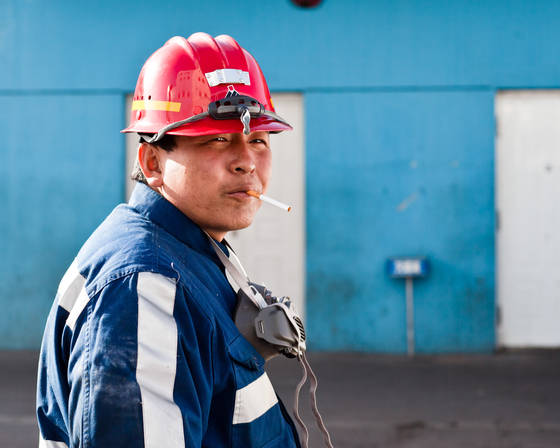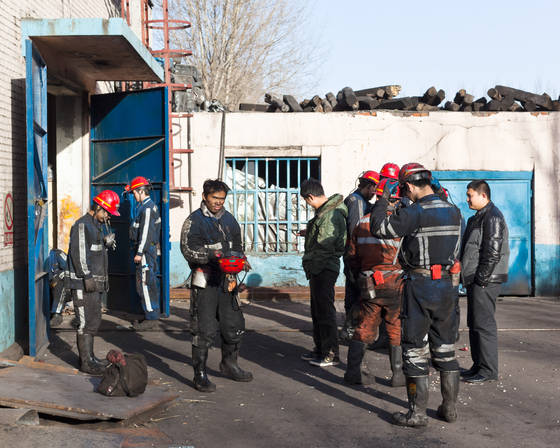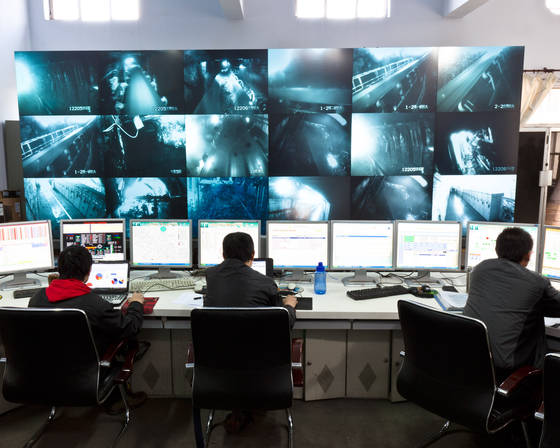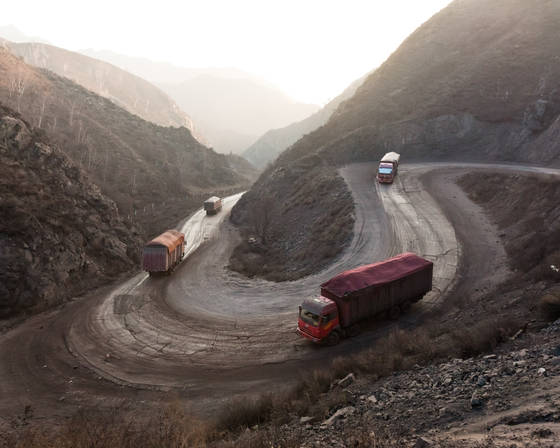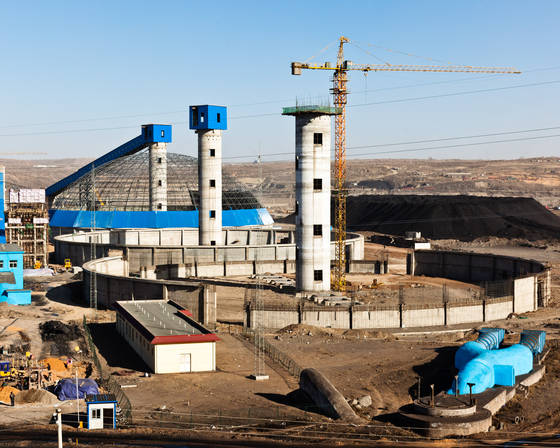Since 1953 China’s relentless and often controversial methods of economic growth have been governed and directed by 11 Five Year Plans. These are a detailed doctrine of economic guidelines for each of the regions released by the central committee and national congresses working under direction of the Communist Party of China. This clarifying and strengthening of national strategy are one of China’s most important policy tools and, with its recent elevation to the world’s 2nd largest economy, have truly international consequences.
The twelfth 5 year guideline was released in March 2011, and since early drafts were leaked in 2010, it is evident it will be the first that actually attempts to slow economic growth and address escalating energy and environment issues. Historically China has a history of chasing growths of GDP and production that are realized with horrific consequences to both the natural world and its human population. National strategies to slow GDP and cap energy consumption are of stark contrast to Europe and the Americas who desperately aim to revitalize their own growth in this period of austerity.
China has rarely buckled to the hypocritical eco-pressure of the West yet now seems to finally recognize the stagnating effect and cost of pollution and environmental degradation. Now in reference to growth and energy, China is attempting to adopt the old adage; quality not quantity. Specific targets to increase the nation’s utilization of non-fossil fuel energy sources to 15%, for example, will require an astronomic investment and deployment of renewable energy technologies. This is reinforced by an indicated cap on coal dependency to only 4 billion tonnes of coal annually.
There is also significant hope for China to reduce Carbon Dioxide emissions to reach recent the targets set in Kyoto, Japan. However China’s economy has long-been built on a foundation of cheap and plentiful coal which drives turbines to produce electricity for manufacturing and is burnt directly for its heat and reductive powers in cement, iron and steel processes. Coal is a grossly inefficient, sooty, pollutive and unsustainable ingredient of China’s growth with over 3.25 billion tonnes burnt in 2009 alone.
Even with the extreme skepticism aimed at China’s historic and future chances of meeting or maintaining emission targets there is no doubt that the scale and mobilization of renewable energy technologies is unique globally. A nationwide industrial complex combined with the knack of acquiring the latest technology sees wind-turbines, solar arrays and hydro turbines generating electricity before there is even a power-grid to distribute the giga-watts produced. The Confucian mentality of the outer provinces sees them embrace the harnessing of the landscape at a speed North American or European utility companies could only dream of.
The Peoples Republic of China is home to 1.3 billion people living through 3.7 million sq miles, which makes it the most populace and 2nd largest state in the world. In 1997 it was reported that 2 new power stations came online in China every week but by 2008 that already inconceivable statistic had risen to one per day. It would be impossible to survey the entire Chinese energy industry so instead a cross-section of new and old technology of differing scales was visited at the pivotal and extreme areas of the power industry
Shandong province on the Eastern seaboard of China is a flat populous region dominated by industrial scale cotton and wheat production. The area is irrigated by the Yellow River delta that is controversially both an important habitat of migrating birds and oil production. Cotton here is grown on an incredible scale for China’s textile industry and once the fibrous bud is picked the stalks lay abandoned in the field. They are eventually removed and either discarded for local burning or animal bedding.
The region has relatively poor infrastructure and coal reserves that make for a viable test-bed to adapt existing thermal technology to burn biomass. Biomass on Chinese emission quotas, despite its obvious carbon dioxide release, is classified as carbon neutral. A comparatively small 15 MW prototype plant was constructed in the small-town of Boxing and has a huge fuel yard with over 30 days of stock drying in the harsh sun. A new market for an otherwise discarded agricultural waste product is now flourishing with farmers actively stockpiling cotton stalk before wholesale to the power company.
The cotton stalk is dried in the fuel-yard before being pulverized and burnt in a modified boiler to generate steam and electricity. The investment in the power-station has attracted neighbouring industries of a paper-mill and oil refinery; both use the waste steam and heat of the power station to reduce their own energy costs.
The Three Gorges dam in Hubei province is the world’s largest hydroelectric project yet is more associated with the controversy surrounding the displacement of 1.3 million people and long-term ecological damage than the renewable energy its 26 turbines produce (700 MW each). China has a long and aggressive history of converting water’s natural potential energy into electricity and as such now needs to explore the most testing geographical and geological environments for new schemes.
Over 3000km upstream from the Three Gorges Dam the river Yangtze divides into several tributaries that run from deep within Sichuan and the Tibetan-Qinghai plateaus. The Jalong River is over 800km of twisting, churning water that cuts its way through steep limestone karse valleys that tower over 1000m above the valley floor. The combination of fast, high volume flow down a steeply pitched gradient, in theory, are ideal for hydro-schemes, yet the fragile, steep and unstable geology have previously only allowed for the smallest of structures.
The mobilisation of heavy plant into this remote landscape is only the start of the challenge. Excavation into the fragile, unpredictable geology requires concrete reinforcement at every stage and careful disposal of spoil. In one such scheme near Jiangbian an 8km, 12m wide tunnel has been excavated through a mountain. Deep underground the humidity is 100% and the noise deafening as excavation, welding and concrete spraying occur simultaneously. As dumper trucks and diggers drive uphill removing the mountains core, cement mixers and flat-bed trucks slide downwards to feed the army of welders and civil engineers that have been working seamlessly on triple shift rotation for 3 years. At the mountain and scheme’s heart lies an immense cavern housing 3 -110MW turbines.
Disconnected from the black-belt of Chinese coal-mining in the North, the South-West is seeing an explosion in energy demand without the transport infrastructure to provide the necessary fuel. Perhaps mirroring the province’s ambitions of high-technology, it is here on reclaimed land that Fangchenggang Super-Critical power-station burns coal in a newly developed efficient boiler. Super-critical processes operate at pressures and temperatures far exceeding older coal-thermal stations.
The increase in temperature allows integration and more effective scrubbing of harmful nitrogen and sulphur waste gases before they can reach the atmosphere. China aims to reduce the emission of these gases by 8% over the next five years both by a switch to super-critical but also retrofitting of flue gas scrubbing technology. The pulverized coal required for super-critical needs to be of the upmost quality and is only found in mines of Indonesia, Canada, Poland and South Africa.
The coal is so rich in reductive carbon that from the moment it is unloaded from the ships it will chemically and physically degrade from black anthracite to a more crumbly brown ore. Fangchenggang is supplied with coal on contract from Indonesia via its own private bulk-ship and dock but ‘live coal’ is also purchased ‘at sea’ dynamically from other known sources capatilising on the unpredictable price fluctuations.
China is the world’s largest producer and consumer of coal with over 3.6 billion tonnes burnt annually. Much of it is being sourced in the arid Northern regions promoting an infrastructure crisis point in which water is needed in the North and energy in the South. Symptoms already include national highways, clogged with coal trucks, and dramatic water pipeline schemes under construction to solve an industrial drought.
Although small illegal underground mines still operate, the local government in Inner Mongolia now favours immense open-face mines or modern privatized deep-face seams. Near Ordos but 33km underground, employees from the Shenhua Corporation, China’s single largest producer, operate a state of the art hydraulic cutting face. This fully automated system has increased safety and productivity within a sector notorious for horrific safety standards. Directly connected to a thermal power-station, rail artery and coal-washing plant the mine typifies modernization of this sector.
Across Inner Mongolia coal-mines are ramping up production and over 600 million tonnes were produced in 2009. Daqing Shan open-cast-pit typifies the intensity of production in the Baotao area. Trucks, excavators and miners clog the network of twisted, frozen access roads that snake towards the black, wretched, scarred landscape. By any-means possible over a 1000 trucks, each over-loaded with 80 tonnes of coal, clog every artery leading to the exit and dozens are found queuing patiently for hours at each weighbridge.
One of their destinations is the Baogang Iron and Steel Corporation in Baotao. Established by the first and second Five Year Plans, it took the vision and mineral report of a single geologist to rapidly mutate a sleepy, remote outpost into the Iron and Steel nucleus of the Chinese industrial revolution.
Employing over 50,000 people, this titanic complex uses brown-coal, coke and lime in 6 primeval blast furnaces to reduce bauxite into pig-iron. This molten liquid is further refined into steel products ranging from girders to plates only millimetres thick. Much of the steel is used locally in the weapon’s and munitions factories surrounding the town and total production is estimated to be close to 10 million tonnes annually.
Exchange for Baotao Video of Blast Furnace
